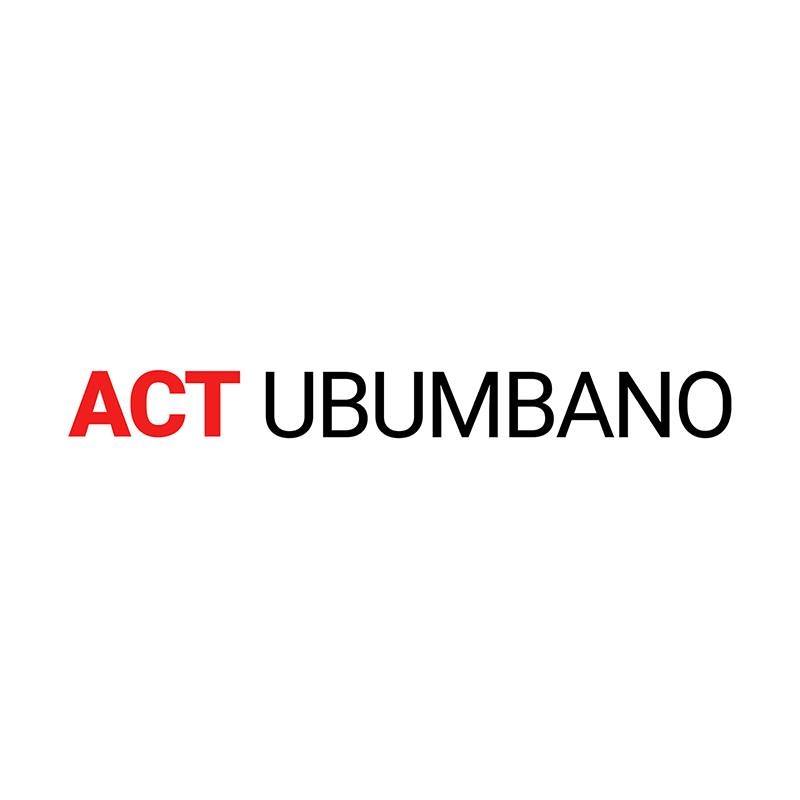Written by: Yollander Millin
We are One Movement (WR1) is a collaboration of organizations and individuals who took task to step up and bring hope and positive change to the lives of such communities, particularly in the period when COVID-19 was at its peak. This desire to assist and sow hope grew into a movement that has now managed to assist thousands of rights holders across Zimbabwe. Put simply, HOPE is the beginning of change. As the name of the movement states, we are one!
WR1 made an analysis particularly considering that it was in the middle of a pandemic of where the Government could not cushion communities with necessities such as food, medication, masks and other rudimentary day to day needs. The aim was not to end poverty but to provide a bit of hope. The Movement witnessed firsthand the devastating effects of poverty, including malnutrition, disease, and violence, and though the process was emotionally taxing, requiring them to take breaks or seek support from colleagues or mental health professionals the team soldiered on to reach their intended goal.
Upon inception, WR1 had no monetary resources but was able to solicit for donations in food, clothing, blankets, fuel and other like provisions, which allowed them to cover places in Bulawayo, Beitbridge, Masvingo, Gwanda, Lupane and went even as far as Binga. In all these places, conversations became more about what could possibly be done to improve the livelihoods and lifestyles witnessed and this called for social justice topics wherein advocacy around the fight against inequality and constitutionalism (lack of) took prevalence.
In Binga and Beitbridge, problems revolved around access to SRHR services, and WR1 managed to supply contraceptive pills, condoms and injections to the churches that were hosting the group. Women were troubled by the inability to access these as the county was in lockdown and the areas were so remote that aid was not reaching them. They professed their fear of getting unwanted pregnancies. Food supplies were donated, and the elderly and the young children, who were under normal circumstances catered for by other NGOs, were already desperately facing acute hunger. As for Beitbridge, the area is arid and no plants or crops were growing, and many lost their livestock due to the drought and theft.
While on route to Binga, the WR1 team faced difficulties that included witnessing first hand the illicit activities as on several encounters with the police, they were asked to leave some of the food packs meant for communities, in order to allow the vehicles passage.
In Gwanda, there were problems that were emanating from the mining communities were women had raised concerns over the violence they were facing from men. In normal circumstances, women would search for mine rubble and find minimal amounts of gold which they then sold to get little income for household supplies. Once the COVID-19 period hit and the country was on lockdown, men began taking over the rubble claiming it as theirs. WR1 caught wind of this through the church and included the females and children in their data base where they were given double standard portions of groceries. A standard portion included 10kg mealie meal, 5kg chunks, 2liters cooking oil, 2kgs sugar, 2kgs salt, 4kgs sugar beans and maheu packs for the children.
WR1 was posting most of its work on Facebook under the page of Eat-out movement, while individuals within the group also posted their stories and pictorial evidence of the need that had been identified, which built traction to the Movement. Donations started flocking in as cash for specific items to suit recognized areas for example, donation money for fuel had to either be sent directly to the supplier or had to have receipts submitted to the donor as a measure of transparency and accountability. This pushed WR1 to have a structure that was somewhat formal even though it was initially meant to be a temporal measure of hope.
As weeks went by, Heaven has a Heart, a civil organization founded in the United States of America, also was interested in the work done by WR1, and wanted to be a part of, further seeking to adopt some of the children from the communities. Once travel restrictions were eased, the founder member traveled to assist some of the communities that were already in the data base that had been created. She made massive donations towards food items and further bought books and uniforms
Most of the beneficiaries of the food aid program under Heaven has a Heart were already poverty stricken even before the pandemic, lacking the most basic necessities. This exposed or served as evidence of lived reality of inequalities that the people of Zimbabwe are exposed to. We Are One Movement managed to give hope to these communities and took every chance and avenue available to them to try and cushion communities that were in dire need, as a measure of giving hope.
In overall, the lived realities that were witnessed by WR1 interacting with poverty-stricken societies are complex and multifaceted and emotionally taxing others, with those who were directly involved in the program having had to literally had to get professional counseling, but all the while with the comfort of having changed lives, impacted communities and imparting hope in desperate times.
Currently, WR1 is still operational in all these areas and through donations in having daily nutritional programs for children, and providing educational assistance in Bulawayo and Harare, were approximately 1500 children are benefiting. Member organizations of WR1 include ORAP, Eat-out movement, Educate, Nozizwe, Heaven has a Heart, Do it for the kids, various students and young activists. The total of households that were able to find cushion from WR1 in COVID-19 times across Zimbabwean communities that had been identified were an excess of 4800 rooftops.






